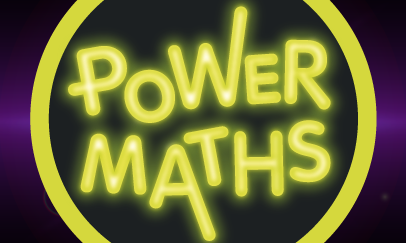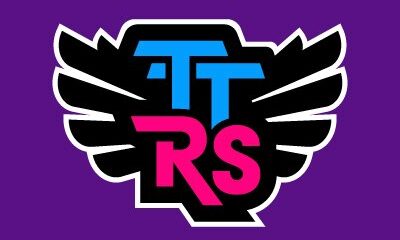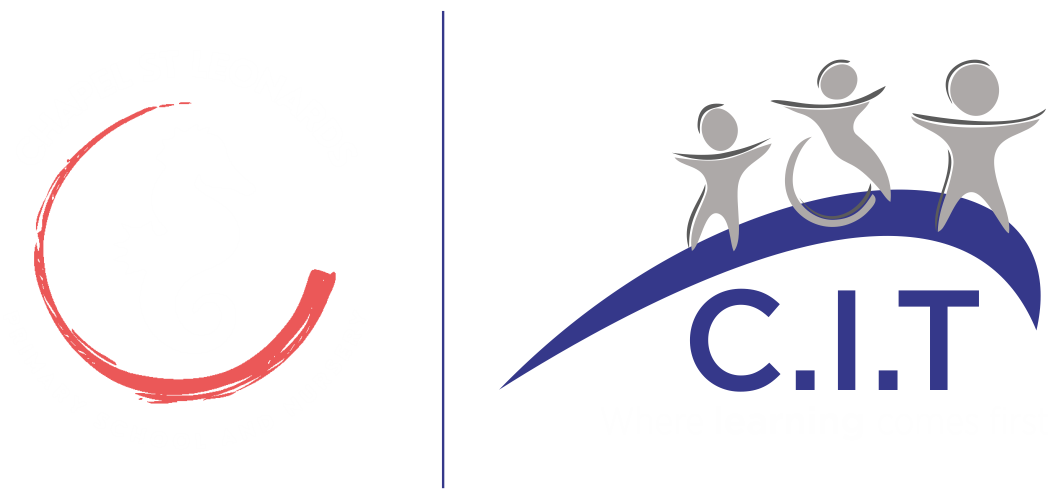We use a mastery approach to the teaching of Maths at Chapel St Leonards Primary School.
We follow the National Curriculum for Maths and fully believe that, “The expectation is that the majority of pupils will move through the programmes of study at broadly the same pace. However, decisions about when to progress should always be based on the security of pupils’ understanding and their readiness to progress to the next stage. Pupils who grasp concepts rapidly should be challenged through being offered rich and sophisticated problems before any acceleration through new content. Those who are not sufficiently fluent with earlier material should consolidate their understanding, including through additional practice, before moving on.” (Mathematics programmes of study: key stages 1 and 2 National curriculum in England 2013).
Using a ‘mastery approach’ means acquiring a deep, long-term, secure and adaptable understanding of the subject. At any one point in a pupil’s journey through school, achieving mastery is taken to mean acquiring a solid enough understanding of the maths that’s been taught to enable him/her move on to more advanced material. Below are ‘The 5 Big Ideas’ for mastery maths teaching.



At Chapel St Leonards Primary School we use Power Maths (Pearson) and White Rose Maths to support our mastery approach to teaching maths. Through these schemes of work, we are able to provide a range of opportunities for each of The 5 Big Ideas, supporting children in their mathematical understanding. These schemes are adapted carefully to ensure the needs of learners are met. When smaller jumps between objectives are needed, we use NCETM spine points to break learning down in to smaller steps and provide further practice.
In order to develop fluency skills further, we partake in the NCETM’s Mastering Number programme in EYFS, Year 1, Year 2, Year 4 and Year 5. In EYFS and Key Stage 1, the programme focuses on understanding number and subitising. In Key Stage 2, this focus is on using sentence stems to support problem solving and exploring multiplication and division. In addition to this, children from Year 2 upwards have access to Times Tables Rockstars, which supports learning of times tables facts to automaticity (learning by heart). All children in Year 2 upwards are given a log in code so that they can access Times Tables Rockstars at home.
Whole School Overview
Click the button below to explore the topics your child will be learning about this year. This will give you an overview of the exciting subjects, themes and experiences planned for their class, so you can see how their learning will build and develop across the year.
Click here…Calculation Policy
Click the button below to find out more about the teaching methods we use. This will give you an insight into how we support and challenge children in their learning, helping them to develop knowledge, skills and confidence throughout the year.
Click here…






